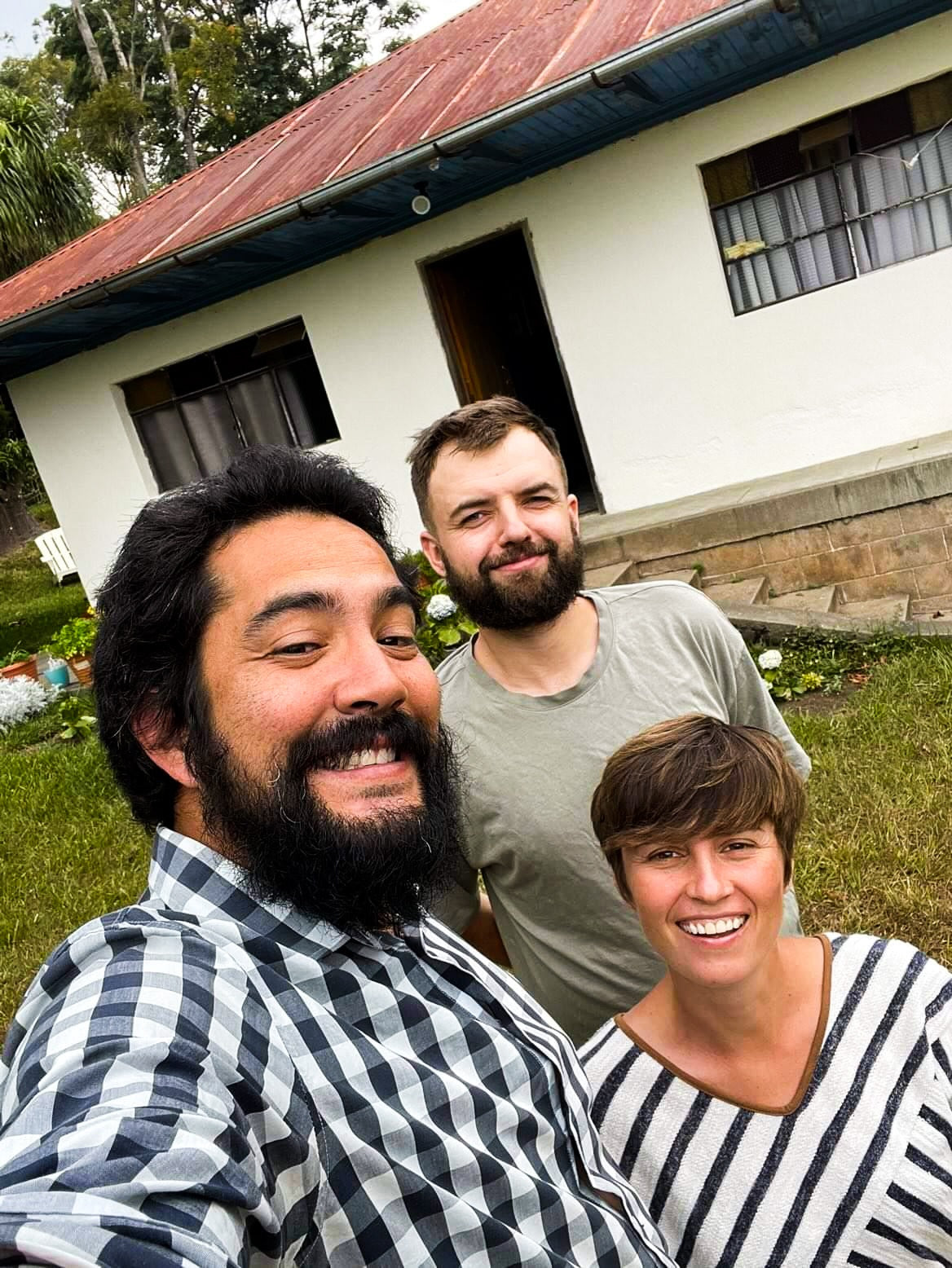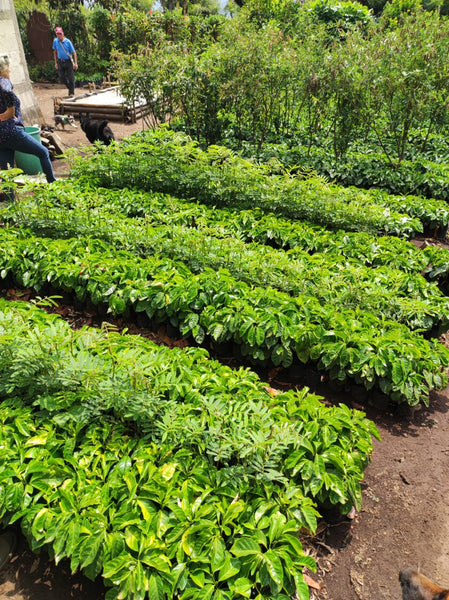
Contents:
What did this journey teach me?
Expectations
A generational profession
The biggest lesson
Processing methods
Summary
What did the journey from a Polish coffee roastery to a real plantation in Honduras and Guatemala teach me?
Hello! As you know, I recently embarked on a journey from our Polish coffee roastery, JAVA Coffee, and for the past few days, I’ve been in Honduras and Guatemala! That’s why I’ve prepared a summary of this trip for you. A trip to the origin* has been my biggest dream since I began to seriously get interested in coffee. So here’s a recap of the entire journey.

Did I have any expectations for this trip?
Yes and no. My main goal was to meet the producers, observe their work ethic, and test my knowledge from training and books. They are the ones who have the most expertise on coffee, its cultivation, and processing methods. I also wanted to confront all the stereotypes I knew about coffee cherries with the actual facts!
I traveled to Honduras at the invitation of Producer Roaster Forum and Proexo. Proexo is an organization that collaborates with farmers in Honduras. Their goal is to build lasting relationships with producers and help them create the best quality raw materials while improving the living conditions of workers. My host was Rene Madrid, Proexo's manager.

In Guatemala, I visited Jola Czermińska from 88 Graines and Raul Perez, a coffee producer. Jola is an importer of green beans, a quality controller, and an advisor on processing methods, as well as a personal friend. Raul, along with his family, manages Finca La Soledad and runs his plantation, El Llano. He loves joking and enjoys the company of Poles. Jola and Raul are also accompanied by their friend Arturo.


A generational profession
Coffee farming is often a generational profession. It’s passed down from grandfather to father, and later to grandchildren. Sometimes the farm is handed down through generations, while other times each person manages their own plantation. Many of these farms have over 100 years of tradition. The head of the family oversees the crop, the son manages the mill**, and the daughter handles marketing, sales, or communication with exporters. Of course, it’s not easy work. Farms experience many unpredictable ups and downs — volcanic eruptions, low rainfall, pests, diseases, or, as in this year, a shortage of workers. A plantation requires year-round care, including fertilizing, pruning trees after harvest, and planting new varieties.
The biggest lesson from the journey to Central American coffee plantations
The most important lesson I learned during this trip from a Polish coffee roastery to Central American plantations is that the quality of coffee cherries is paramount. They must be harvested when perfectly ripe, as no method, processing time, or flavor additives can improve the taste of poorly harvested cherries. These methods can only enhance their natural attributes.


Processing methods
I’ve always been a fan of basic coffee processing methods (Natural, Honey, Washed), but that doesn’t mean I don’t like trying new techniques such as Anaerobic, Carbonic, or Lactic fermentation. However, I always approach sensory profiles on coffee packages with caution because no coffee will truly taste like biscuits, cola, or raspberry yogurt! But that's a conversation for another time. The biggest humbling experience for me was realizing that, despite thinking I knew a lot about processing, seeing it firsthand made me understand it in a completely new way — YOU WON'T FULLY UNDERSTAND UNTIL YOU SEE IT WITH YOUR OWN EYES.


In short:
We harvest coffee when it’s perfectly ripe, transport it as quickly as possible to the mill, wash, sort, and decide on the processing method. If we choose the Natural process, the coffee stays in its cherry on drying tables. If we choose Washed, we peel the cherry and dry it after fermentation. This is the shortened version, of course. The coffee is then roasted, tested, and evaluated. Samples are sent to the roastery, and you know the rest of the journey. In conclusion, remember — coffee prices will keep rising. Climate change, labor shortages, and challenges like diseases and pests are making it harder. So when you enjoy your morning coffee, think warmly of the producers and don’t mess with the brewing — there’s really no need to improve anything.
Finally, I would like to sincerely thank my boss and the entire JAVA Coffee team for all their hard work. Without them, this journey wouldn’t have been possible. Your support and commitment mean the world to me. I’m incredibly grateful for the investment in the development of our company and my skills.
Nick and the entire Java Team – THANK YOU once again. This was the adventure of a lifetime.
Best regards with a warm cup of coffee,
Your Kawozaur

If you'd like to learn more about processing methods and coffee, come to the training at Java University
👉 Link to TRAINING
*Origin – Coffee-producing country, e.g., Brazil
**Mill – The coffee processing facility
***Finca – Farm, plantation






